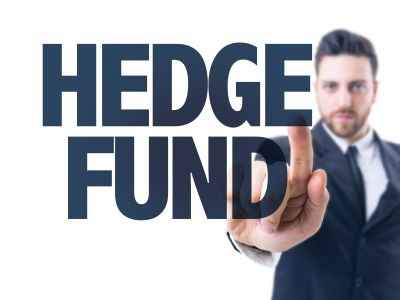Hang Seng Index Company: Hang Seng Covering Call Warrant Index outperformed the market since 2020.
2024-09-26 14:32
From 2020 to September 20, 2024, the major market represented by the Hang Seng Index recorded a decline of 23.8% in total returns, while the Hang Seng Covered Call Index fell by only 11.8% during the same period, outperforming the Hang Seng Index by 12 percentage points.
The Hang Seng Index Company issued an index bulletin stating that actively managed exchange-traded funds (ETFs) have attracted increasing attention from global investors in recent years, with rapid growth in total assets under management. In the Hong Kong market, the popularity of actively managed ETFs has been gradually increasing, with two covered call option ETFs investing in the Hang Seng Index ("HSI") and the Hang Seng China Enterprises Index ("HSCEI") listed this year. From 2020 to September 20, 2024, based on total return, the HSI recorded a decline of 23.8%, while the HSI covered call option index had a smaller decline of 11.8% during the same period, outperforming the HSI by 12 percentage points. The annualized volatility of the HSI covered call option index during this period was 18.5%, lower than the HSI's 24.3%.
The Hang Seng Index Company mentioned that although the development of actively managed ETFs in the Hong Kong market has been relatively late compared to other markets, strong growth has been recorded in the past few years. Since the first actively managed ETF was listed in Hong Kong in June 2019, by the end of 2023, the number of actively managed ETFs listed in Hong Kong has increased to 24, with a total market value of HK $8.6 billion. In addition, in 2023, actively managed ETFs recorded an average daily trading volume of HK $16.2 million, a 214% increase from 2022. Currently, actively managed ETFs listed in Hong Kong cover a wide range of sectors and investment strategies, including covered call option ETFs using options strategies.
The HSI covered call option index and the HSCEI covered call option index were launched in June 2019, reflecting the overall performance of covered call option strategies (at-the-money option exercise price) applied to portfolios of the HSI and HSCEI, respectively. Additionally, both indices also have versions with a 5% out-of-the-money option exercise price. Due to the additional income generated by options premiums, covered call option strategies perform better in declining or sideways markets. However, when the market is on the rise, the upside potential is limited by the option exercise price, as the assets under the covered call option strategy will be sold to the call option buyer once the exercise price is reached.
According to the Hang Seng Index Company, a covered call option strategy involves selling a call option on the assets purchased at the same time (Figure 3). In simple terms, a call option gives the buyer the right to purchase the underlying asset at a predetermined exercise price on the expiration date. Therefore, when investors adopt a covered call option strategy by selling call options and receiving option premiums from the option buyer, they are essentially converting the upside potential of the asset (having to sell the asset to the option buyer at the exercise price) into income from the option premiums, which can be used as a hedge in market downturns to reduce portfolio volatility.
HSBC: Maintaining a neutral stance on mainland China and Hong Kong stocks, bullish on high-quality high-yield state-owned enterprises with significantly lower valuations compared to their peers in the same industry.
AMAC: The establishment scale of private fund management products in August was 69.08 billion yuan, an increase of 27.13% month-on-month.
RECOMMEND

AMAC: In January, 137 new asset-backed special plans were filed, with a total scale of 1122.64 billion yuan.
26/02/2025

Schroder Investment: Investors should consider allocating funds to securitized credit and insurance-linked securities.
26/02/2025

Reuss County Asset Annual Reflection: Policy Tipping Point is very clear. The semiconductor industry in 2025 is a game for the brave.
26/02/2025


